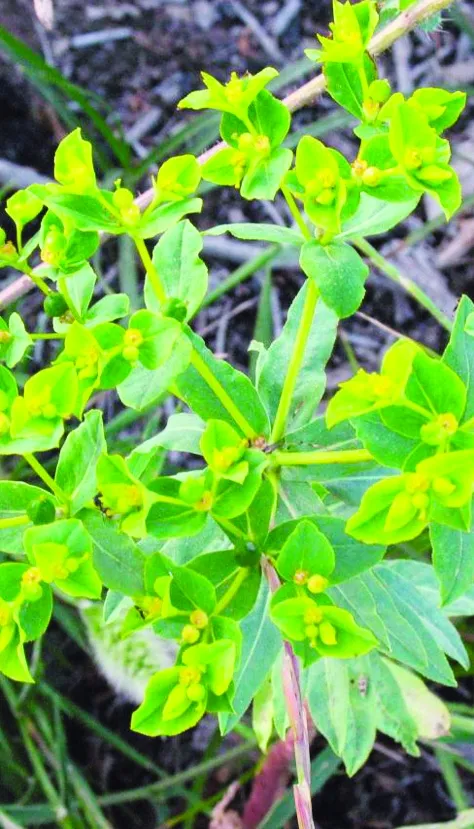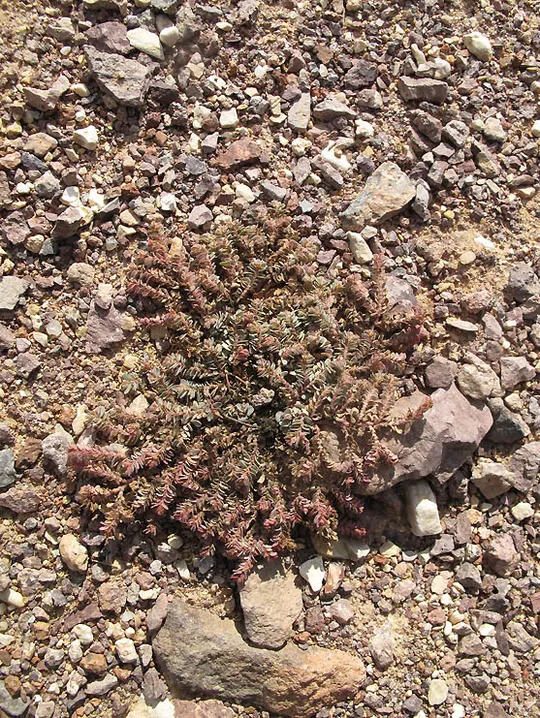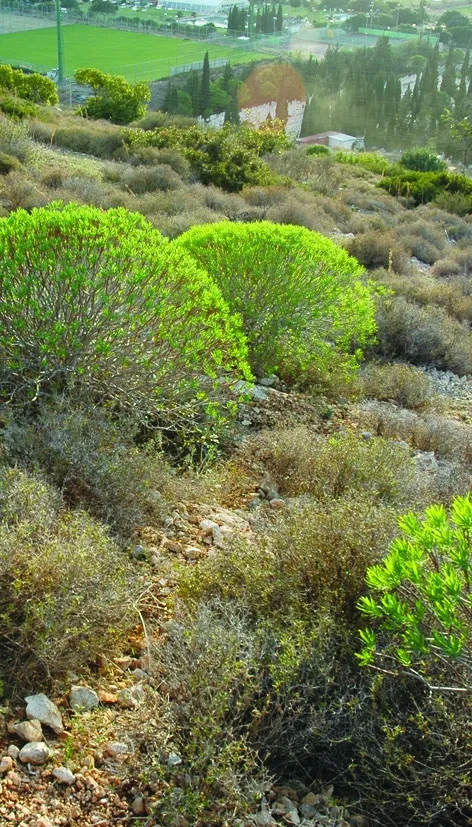Hairy Spurge
Euphorbia hirsuta
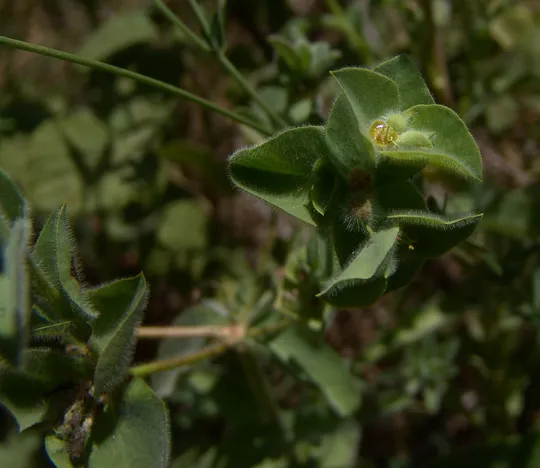
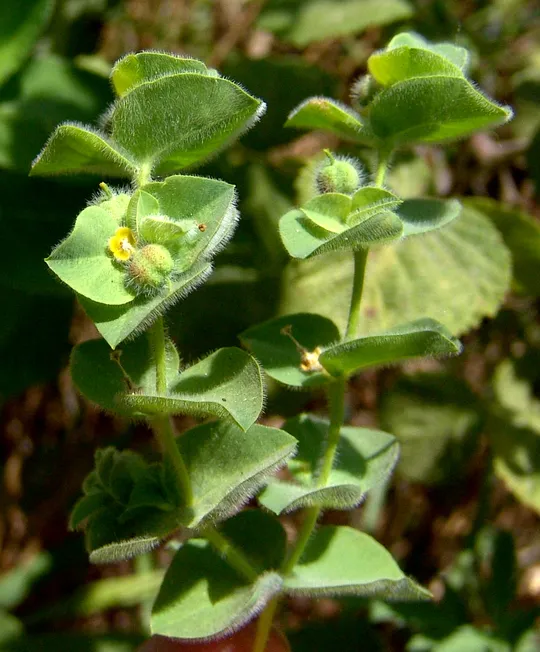
Euphorbia hirsuta
grows in only two regions in Israel: in the Hula Valley (five sites)
and in the Sharon (two sites). In the Hula Valley, it is found at the
Nuhela Springs, in the Hatsbani River, along the Jordan River near Kfar
Blum and in irrigation ditches east of Kiryat Shmona.
In the past E.
hirsuta was collected at least twice in
the region of the Hula marshes, but since 1982 there have been no
reports of this important species from the Hula Nature Reserve. There
is a single record of E. hirsuta from the Jordan Park (Shir Vered, 1990). There
are, however, no reports from the Bet Tsayda Valley. In the Sharon, it
grows in the Zeta Marshes
and in the Alexander Stream.
On riverbanks and at the edges of marshes and water
bodies.
For the genus – see Euphorbia
phymatosperma.
E. hirsuta
belongs to the northern group of Euphorbia, which is
not represented in Israel by any other additional species. Its sub-genera
include perennial dwarf
shrubs such as E. hierosolymitana and E. antilibanotica that grows on the Hermon Heights.
•
Euphorbia hirsuta grows at only
seven sites in Israel, concentrated in only two regions. Most of the sites
are located in the Hula Valley.
•
The
habitat of E. hirsuta – deep clayish soil at the
edge of perennial streams and marshes
– has been almost completely destroyed
in the last sixty years.
•
We
have no information on the sizes of E. hirsuta populations, but they
are apparently small. No
rare species survey was conducted in the Hula Valley.
•
E. hirsuta is a
northern peripheral plant, and the Alexander Stream site is the southernmost limit
of its global range.
A thorough survey of the
Hula Valley should
be conducted to locate all the
sites on which Euphorbia hirsuta is found. The conditions necessary for its growth are uncertain. Two plots in the Hula Valley and in the area where the Dan, Hatsbani
and Banias streams meet should be allocated to E. hirsuta and should undergo long-term monitoring. Appropriate hydrological and ecological
management should be implemented at these sites to preserve the populations.
Euphorbia hirsuta
is widely distributed in most of the Mediterranean Basin,
Western Europe and further to the east up to India. Grows in all the northern Mediterranean countries and in the Maghreb
countries. In our region, it grows in
Cyprus, Turkey, Syria, Lebanon, the Caucasus and northern Iraq. It is absent from
Jordan and Iran.
Euphorbia hirsuta is a northern perennial species that grows in only two regions and on only seven sites in Israel. Its habitat – the edges of streams
and marshes with seasonally flooded clayish soil – was mostly destroyed over the last sixty
years. E. hirsuta
is a northern peripheral species, and the population in Israel is at the southern edge of its
global range.
Current Occupancy Map
| 1000 squre meter pixel | 5000 squre meter pixel | 10000 squre meter pixel | |
|---|---|---|---|
| number of observations | 0 | 0 | 0 |
| in total pixels | 0 | 0 | 0 |
| Family | Euphorbiaceae |
| Classification | On the endangered species list |
| Ecosystem | Mediterranean |
| Chorotype | Mediterranean (Euro – Siberian) |
| Conservation Site | The Jordan River near Kfar Blum |
| Rarity |
1
3
6
|
|---|---|
| Vulnerability |
0
4
4
|
| Attractiveness |
0
0
4
|
| Endemism |
0
0
4
|
| Red number |
1
4.2
10
|
| Peripherality | N |
| IUCN category | DD EW EX LC CR EN VU NT |
| Threat Definition according to the red book | Endangered |
 Based on:
Based on:
